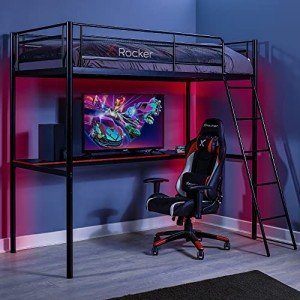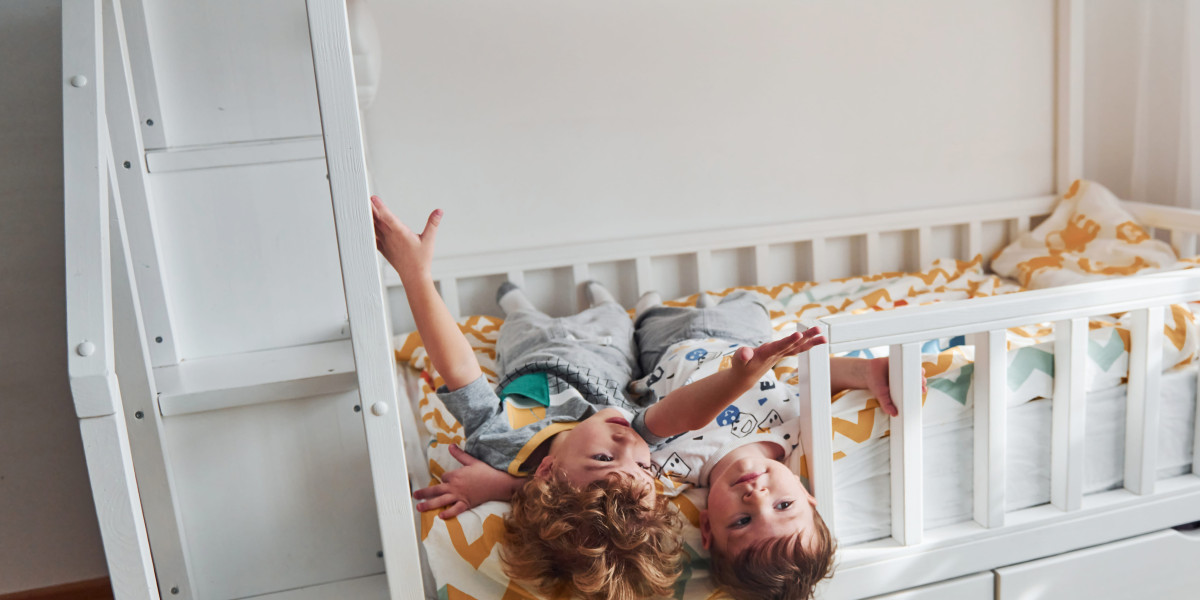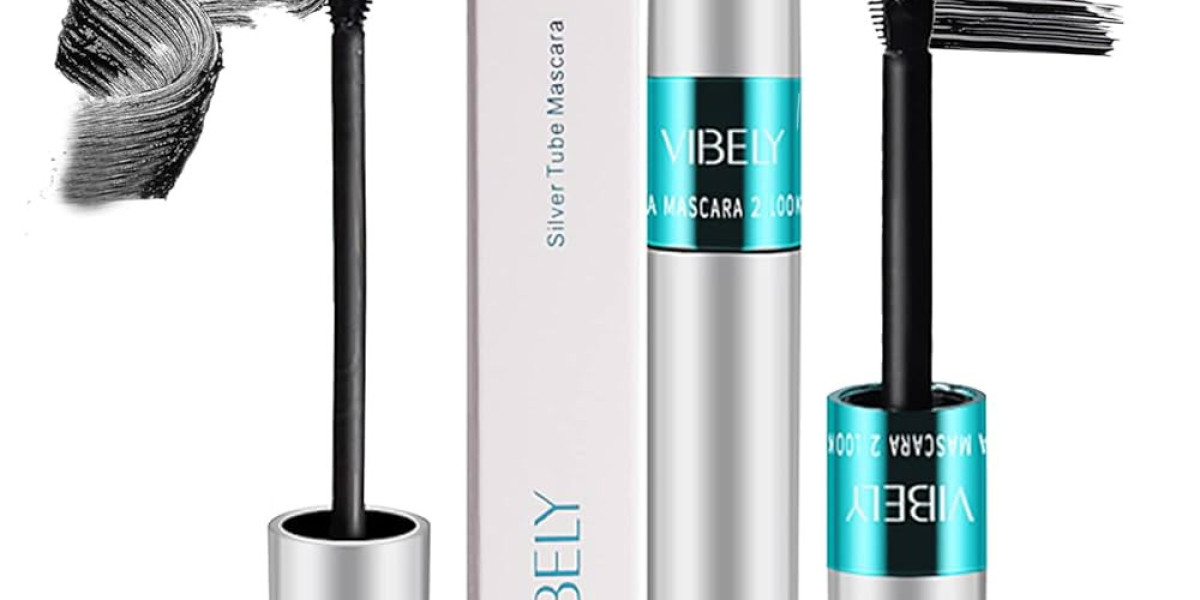The Ultimate Guide to Bunk Beds for Kids: Safety, Styles, and Solutions
Bunk beds have actually long been a popular option amongst parents seeking to optimize space in their kids's bed rooms. With advantages that surpass their compact style, bunk beds provide a fun and practical sleeping plan while encouraging brother or sister bonding and promoting creativity. In this thorough guide, we check out various elements of bunk beds for kids, including safety factors to consider, different designs available, and suggestions for selecting the ideal one for your family.

Why Choose Bunk Beds?
Bunk beds are created to stack one bed on top of another, utilizing vertical space to create more space for play and storage. They are particularly advantageous for families with several children or limited bed room space. Additionally, they offer an adventurous sleeping environment that children often enjoy.
Key Advantages of Bunk Beds:
- Space-saving design: Ideal for small rooms or shared areas.
- Cost-efficient: Often more inexpensive than buying two separate beds.
- Motivates social interaction: Promotes bonding amongst siblings or friends.
- Versatile alternatives: Available in different designs and setups to match any room style.
Security First: Essential Considerations
When selecting a bunk bed for kids, security should be the leading priority. The following features are essential for making sure a secure sleeping environment:
Important Safety Features:
- Sturdy Construction: Ensure that the bed frame is made from resilient products such as strong wood or metal.
- Guardrails: Bunk beds need to have guardrails on both sides of the upper bunk to avoid falls.
- Ladder Safety: A tough, built-in ladder or stairs with anti-slip rungs is essential for safe access to the leading bunk beds for adults uk.
- Weight Limit: Check the maker's weight limitation capacity for both the top and bottom bunk.
- Mattress Size: Use the appropriate bed mattress size as defined by the bed manufacturer to make sure a snug fit within the bed frame.
Security Tips for Parents:
- Monitor Sleep Habits: Teach children the value of not using or jumping off the bunk beds.
- Age Appropriateness: Generally, the upper bunk is appropriate for children aged 6 and older.
- Regular Inspections: Periodically examine for any loose bolts, screws, or structural damage.
Styles of Bunk Beds
Bunk beds come in a range of designs, allowing parents to select one that matches their kid's room decor while conference specific requirements. Below are some popular designs:
Popular Bunk Bed Styles:
- Traditional Bunk Beds: Simple and traditional designs made of wood or metal without any additional features.
- Loft Beds: Features a raised top bunk with space underneath for a desk, play area, or extra storage.
- L-Shaped Bunk Beds: Arranged in an L-shape, frequently perfect for corner spaces and can have extra storage options.
- Twin over Full Bunk Beds: A twin bed on the top and a larger full-sized bed on the bottom, accommodating children or teens of different ages.
- Triple Bunk Beds: Designed to fit three beds in a single footprint, perfect for larger families or slumber parties.
A Comparison of Bunk Bed Styles
| Bunk Bed Style | Description | Best For |
|---|---|---|
| Standard | Classic design with 2 stacked beds | Requirement bedroom setups |
| Loft Bed | Raised bed with usable space beneath | Homework or play areas |
| L-Shaped | Bunk beds organized in an L-shape | Corner areas |
| Twin over Full | Twin bed on top, full bed listed below | Various age brother or sisters |
| Triple Bunk | 3 stacked beds | Big households or sleepovers |
Picking the Right Bunk Bed
When looking for the perfect bunk bed for adults bed, consider the following elements to ensure you make an informed choice:
Key Factors to Consider:
- Room Size: Measure the room dimensions to figure out the suitable size and height of the bunk bed.
- Child's Age: Consider the age of your child(ren) when picking a design and security features.
- Functionality: Think about just how much storage or play space you need and whether the cheap childrens bunk beds bed ought to serve additional purposes.
- Budget plan: Set a spending plan that consists of not just the bunk beds for teens bed but likewise the required mattress and accessories like bedding or security gates.
Frequently Asked Questions About Bunk Beds for Kids
1. What age is appropriate for a kid to oversleep the top bunk?
Generally, kids aged 6 and older should have the ability to securely oversleep the leading bunk, though you must always consider your child's maturity level.
2. Are bunk beds safe for toddlers?
It is not a good idea for young children or really young kids to oversleep the top bunk bed near me due to the risk of falling.
3. How do I keep the bunk bed?
Examine the bed routinely for any signs of wear and tear, tightening screws, and cleaning the bed mattress to ensure extended safety and sturdiness.
4. Can I convert a bunk bed into 2 different beds?
Lots of bunk beds are designed to be convertible, allowing you to separate the beds when needed. Check the maker's specifications before buying.
5. How can I optimize space in a bunk bed room?
Use under-bed drawers, racks, or lofted styles to create additional storage solutions in a space with a bunk bed.
Bunk beds use a delightful mix of fun, performance, and space-saving energy, making them an ideal choice for young households. By thinking about safety features, various styles, and practical elements such as space size and age appropriateness, parents can choose the perfect bunk bed for their child's needs. With the best choice, bunk beds can transform a bedroom into a magical space that motivates play, creativity, and bonding amongst brother or sisters. Constantly keep in mind to prioritize security and maintenance to maximize this distinct sleeping arrangement.







